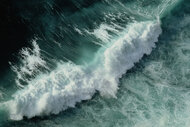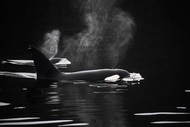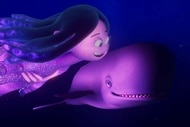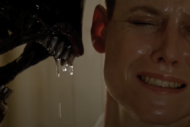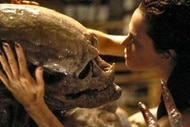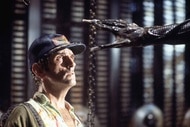Create a free profile to get unlimited access to exclusive videos, sweepstakes, and more!
Bizarre new species that looks like a deep-sea Facehugger was just named after the plastic it eats
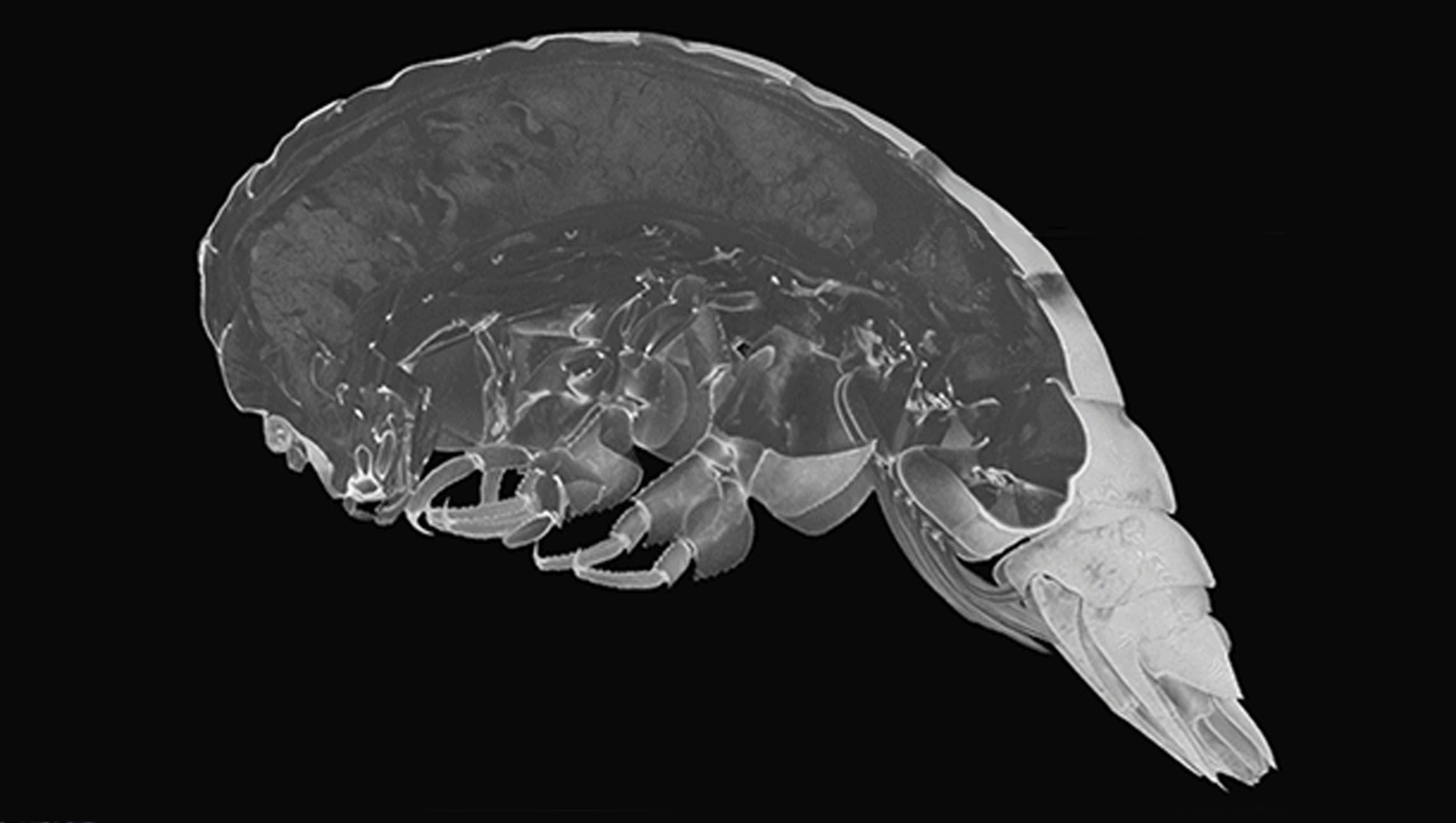
Weird things crawl in the eldritch depths of the ocean, and apparently, what they eat is even weirder.
At the bottom of the Mariana Trench (the deepest known point in the ocean) lives a creature that could almost pass for the Earthly version of a facehugger. That isn’t even the creepiest thing about it. E. plasticus, as this new cryptic species of amphipod — related to arthropods like shrimp — was appropriately named, actually eats plastic. No one would think plastic junk would drift so far down, but Alan Jamieson and his research team discovered both the life form and the plastic in its innards.
“We decided on the name Eurythenes plasticus as we wanted to highlight the fact that we need to take immediate action to stop the deluge of plastic waste into our oceans,” said Jamieson, senior lecturer in marine ecology at Newcastle University in the U.K., who recently published a study in the journal Zootaxa.
E. plasticus manages to survive on the deeper end of the hadal zone. This is anywhere from 19,717 to 22,798 feet below the surface, so no wonder it was named after Hades, the Greek god of the underworld. Somehow there was still polyethylene terephthalate (PET) found in the body of the specimen Jamieson and his team examined.
Strange as it is, the plastic in this creature’s gut was not totally unexpected. Plastic waste usually ends up burned or dumped and eventually sneaks into the ocean. You would think that plastics float, but fish and other things that live in shallower waters also consume them, and when those animals die, they sink. Scavengers like E. plasticus obviously don’t have much food available to them in the watery realm of Hades, so they have adapted by feeding on whatever comes their way, usually dead things that have already ingested microplastics.
This E. plasticus specimen being a juvenile means that these amphipods probably eat plastic throughout their lives. Plastic can’t possibly be a great source of vitamins, and studies on the sand crab have found problems with producing offspring and higher adult mortality rates in crabs that ingested the stuff. Whether they affect the facehugger has yet to be determined. No one really knows the effects of plastics on deep-sea amphipods yet.
“As a scavenger … in the Mariana Trench, E. plasticus is not exempt from ingesting microplastics that are bioavailable within the hadal zone,” Jamieson said in the study.
Maybe the mental image of this freaky facehugger will finally convince people to recycle.
(via Newcastle University/Zootaxa)
